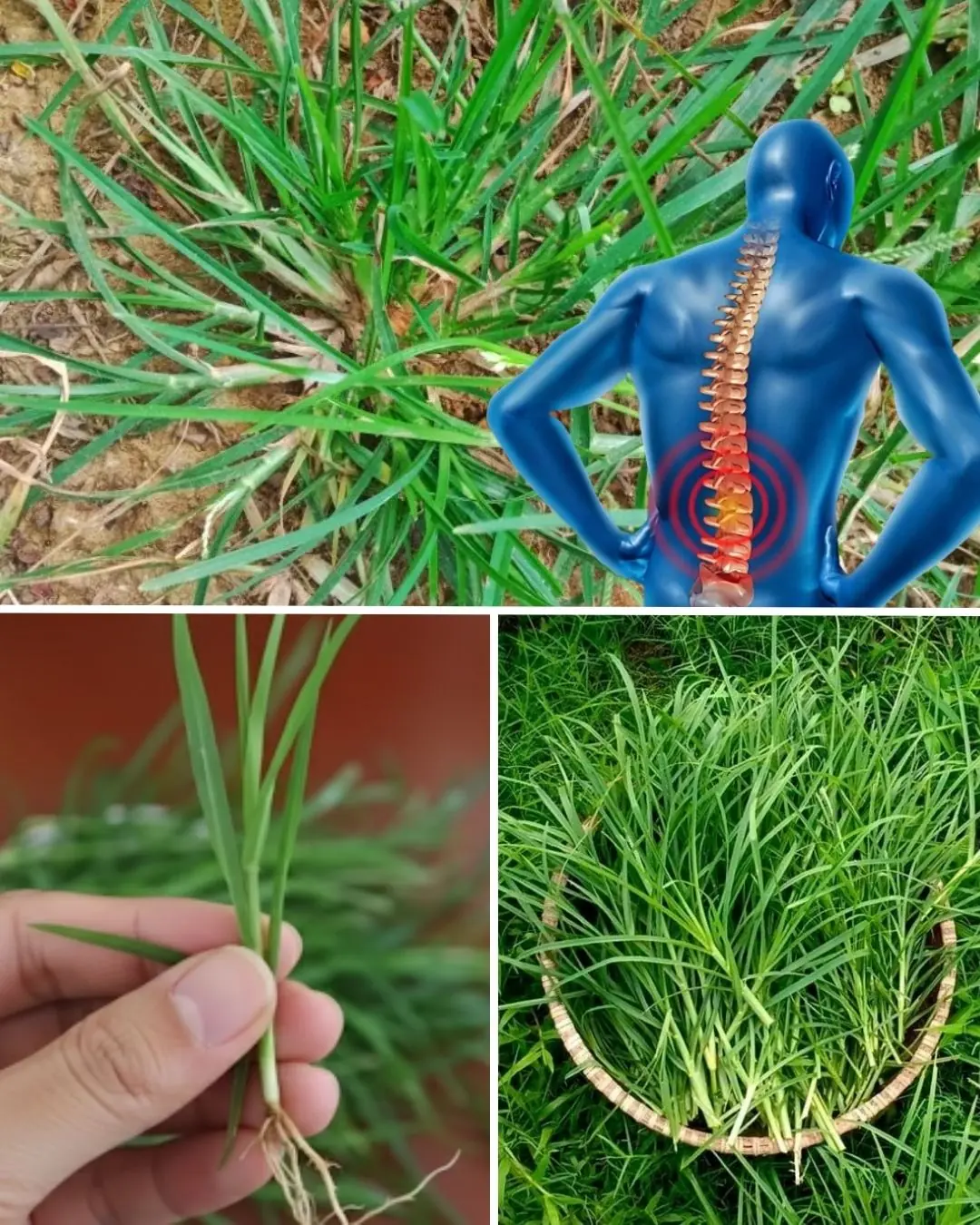As the body approaches its final hours, loved ones may hear a sound known as the “death rattle,” a sign that often causes deep concern. Though unsettling, this natural process is not painful for the person and understanding it can bring comfort to fam
As life nears its end, the human body undergoes profound changes that can be difficult for loved ones to witness. Among the most unsettling signs in the final day is a sound often referred to as the “d:eath rattle,” a term that captures both its distinct noise and the emotions it stirs.
This sound, though frightening for family members, is a natural and expected part of the body’s shutting down process—and understanding it can bring comfort during an otherwise overwhelming time.

What Exactly Is the “d:eath Rattle”?
According to Medical News Today, the “d:eath rattle” occurs when saliva and other secretions build up in the throat and airways because the person no longer has the strength or reflexes to swallow effectively. This leads to a rattling or gurgling sound as air passes through the accumulated fluid.
Julie, a hospice nurse who specializes in end-of-life care, explains: “It may sound alarming, but what you’re hearing is simply a small amount of saliva collecting in the back of the throat. It is not painful for the person, even if it seems distressing for those around them.”
She also notes that during this stage, body temperature can fluctuate. “We lose the ability to regulate core temperature toward the very end, so fevers and temperature changes are very common. This is completely natural and expected when someone is passing away at home,” she adds.
What Does the Sound Resemble?
The noise is often described as a crackling, bubbling, or wet sound that grows louder with each breath. Some compare it to heavy snoring or a deep groaning noise, while others say it is similar to water moving through a straw.
Although hearing this sound can be distressing, experts emphasize that the person is usually unaware of it. Research has found that once the “d:eath rattle” appears, the average survival time is about 25 hours. However, this can vary depending on whether the individual is in a hospital or under hospice care at home, where the process may take longer.
Ways to Ease the Noise for Loved Ones
While the “d:eath rattle” itself does not cause discomfort to the dying person, it can be emotionally difficult for family members to hear. Medical professionals suggest several strategies to reduce the intensity of the sound:
- Gently reposition the person on their side to allow fluids to drain.
- Elevate their head slightly with pillows to promote better airflow.
- Use moist swabs to keep the mouth and lips hydrated.
- When necessary, remove excess secretions with gentle suction.
- Limit fluid intake if advised, to prevent additional buildup.
- Use prescribed medications designed to reduce secretions.
Even with these measures, the sound may not disappear completely. What matters most is creating a calm environment and helping families understand that the noise is not a sign of suffering.
A Natural Stage of Life’s Journey
The “d:eath rattle” is often one of the last physical signs before passing, and though it can be heartbreaking to hear, it is a normal part of the dying process. For loved ones, knowing that the person is not in pain can provide peace of mind.
By learning what this sound means and how to manage it, families can shift their focus away from fear and toward offering love, presence, and comfort. In the end, knowledge helps transform an unsettling moment into an opportunity for tenderness and understanding.





































